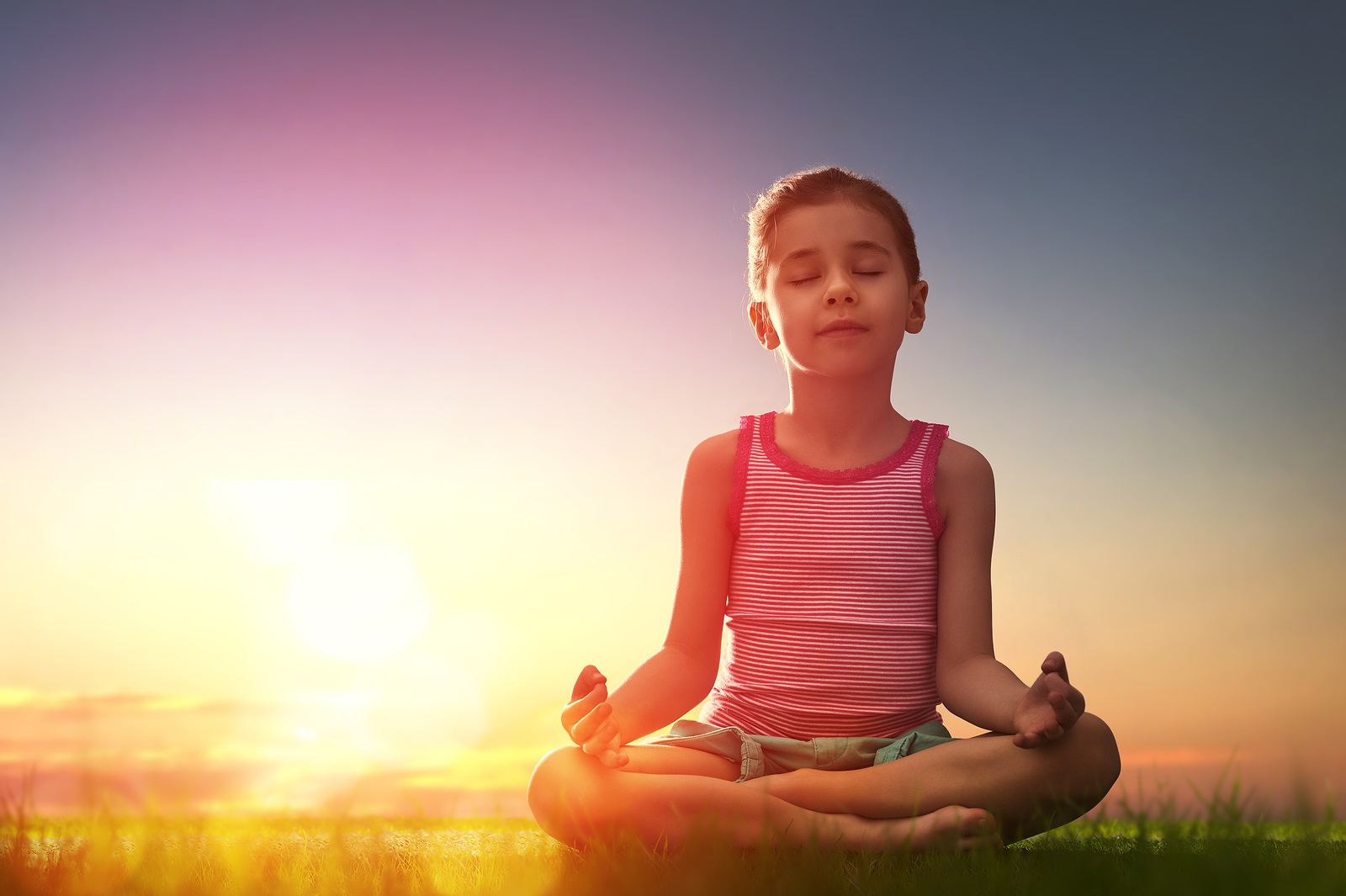
You’ve probably heard of or even practiced yoga, an ancient practice that promotes physical and emotional well-being. But did you know Yoga has been recognized as a promising approach for children with autism, enhancing their skills in multiple settings such as home, school, and the community.
In this article, we explore five potential benefits of yoga for individuals on the autism spectrum, including improved strength, balance, coordination, and self-regulation. To learn more about how yoga can help your child with special needs, continue reading this article.
Increased social and communication skills
One benefit of yoga for children on the spectrum is the enhancement of communication skills. If you’ve ever been a yoga student, you know that it involves mimicking an instructor’s movements and focusing on breathing techniques. This practice can lead to improvements in joint attention, eye contact, sitting tolerance, nonverbal communication, and receptive communication skills for children with autism.
Awareness and expression of emotions
Emotional regulation techniques, such as breathing exercises, can help children with autism recognize and manage difficult emotions like anger, frustration, and anxiety. Apparently Yoga is heavily involved with breathing techniques, and its hard to overstate the antagonistic effect of yoga on levels of stress. In other words, incorporating yoga into a child’s routine can positively impact their emotional well-being.
Reduced anxiety
According to many reports, Anxiety is a common issue that affects adults and Autistic children alike. It’s worse during social interactions and can lead to panic attacks. The good news is that yoga practice teaches techniques such as mindful breathing, guided imagery, and calming postures that can eventually be used to develop coping mechanisms and self-regulation skills.
Reduced challenging behaviors
Sensory integration difficulties are common in children with ASD. In other words, they can have difficulty regulating activity levels, alertness, and emotional or physical responses to different sensations. However, with Yoga, children can develop self-regulation skills to better manage their focus, energy, and emotional reactions to sensory input.
Increased body awareness
Autistic children often struggle with body awareness. For example, in the classroom, they may bump into other objects, stand too close to others, and have difficulty with personal space.This difficulty can make social interactions and navigating physical environments more challenging for autistic children. Yoga and movements that focus on identifying body parts can help improve this awareness while also providing vestibular and proprioceptive input.
As you can see, yoga has many benefits for children and adults. What’s more, it can be easily integrated into one’s daily routine whether at home, school, or in a program. At home, for instance, you can spare 15 to 20 minutes during the weekend to gather with your children and practice yoga together. Try it, and you will experience a sense of calmness and relaxation in yourself as well.
At Illinois Autism, we understand the challenges of parenting ASD children, and we offer effective therapeutic services to help children and families achieve emotional well-being. In case you need assistance related to Autism, feel free to reach out to us.




